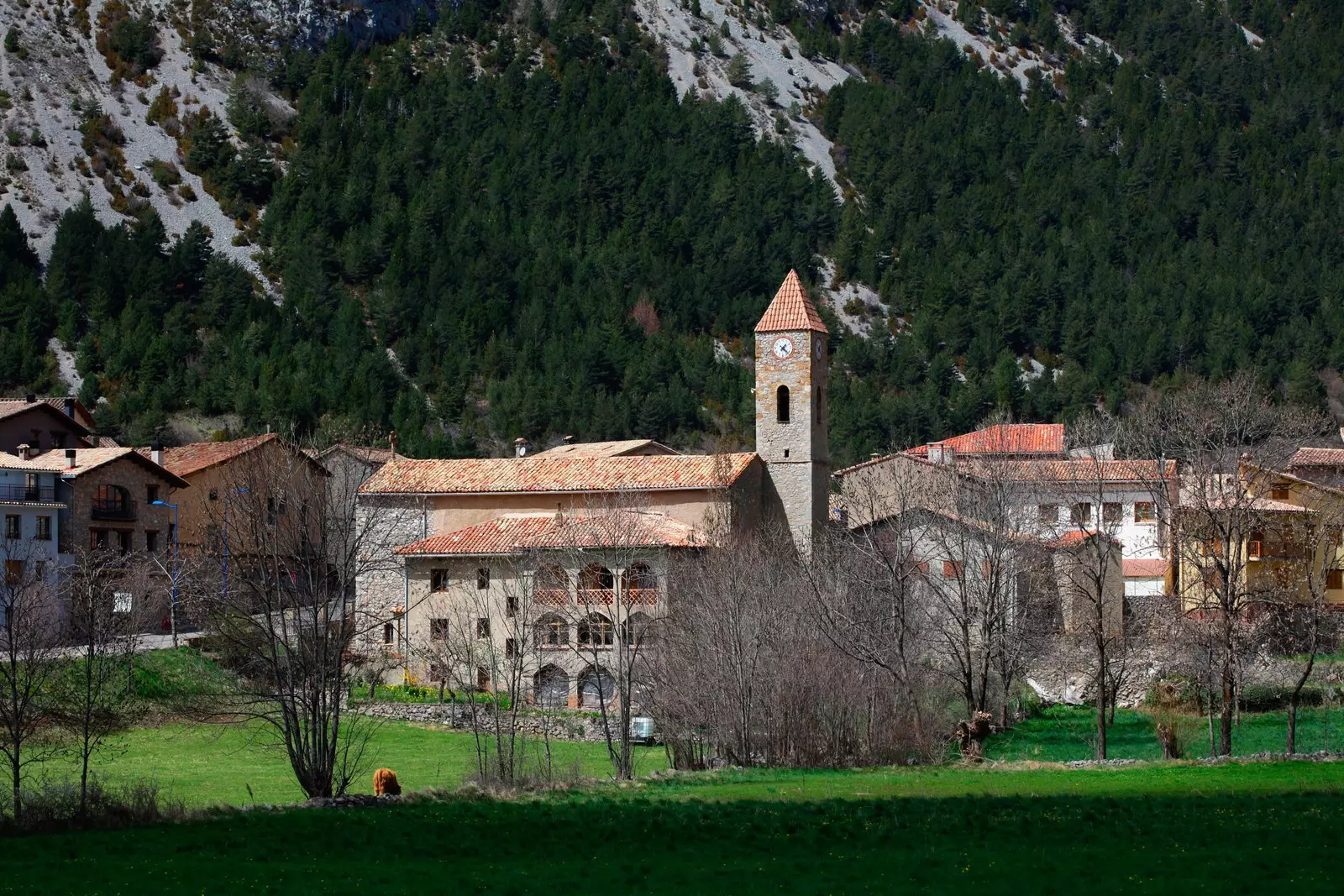
Gosol (Lleida)
Daniel the Little Owl is eleven years old and is lying in bed earlier than usual. The next day his father, the cheesemaker from a town in Castile, will send him to the city to progress.
This story, known to many, is the engine of The road, the novel by Miguel Delibes that, like so many other reflections and works by the Valladolid author, threw a diffuse horizon for the towns of empty Spain. However, what Daniel would never have foreseen is a pandemic that would completely reinvent the map of depopulated Spain.
In 2020, the 63 cities with more than 100,000 inhabitants in our country lost 168,289 inhabitants. Regarding medium-sized cities (50,000-100,000 inhabitants), these have lost 19,188 people.
The only cities that have experienced an increase in population are the small ones (less than 50,000 inhabitants) with an increase of 79,678 people as a whole.
Numbers that speak of diverse stories: of the families who decided to replace a balcony with a garden, of journalists who left everything to set up a small bookstore in the Pyrenees, or those who return to the countryside to reverse the rural exodus that his grandparents told him about. The following towns are a good example of this reality.
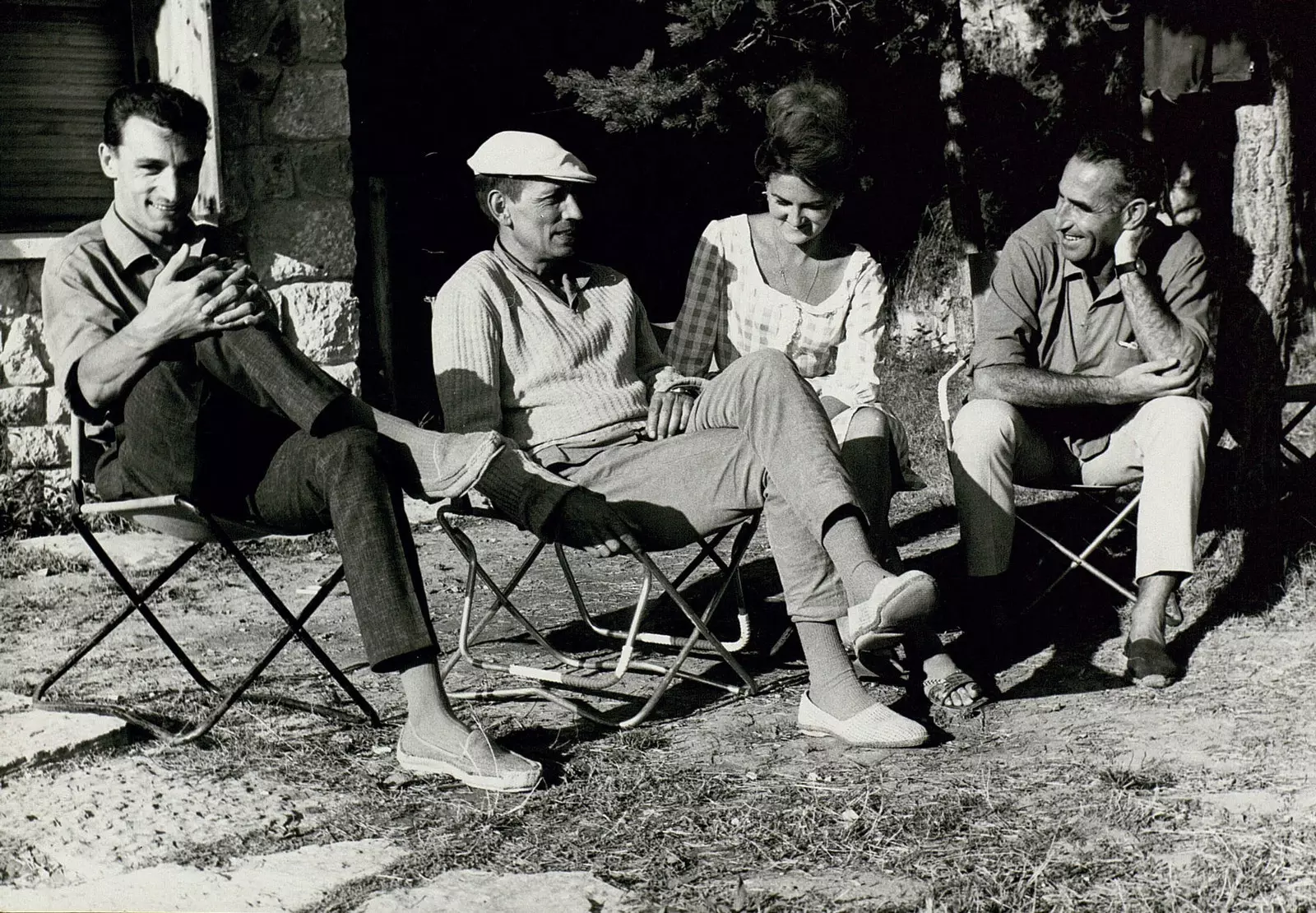
Miguel Delibes Setién with the Arenales couple and Jean Tena in Sedano, Burgos.
**GÓSOL: WHEN THE SCHOOL SAVES A VILLAGE **
Gósol is a small town in the province of Lleida famous for hosting Pablo Picasso in 1906, who painted several works from his famous Rose Period here.
At that time, Gósol had 745 inhabitants; by 2015, it only had 120 inhabitants and the number of residents was beginning to decline. The mayor himself begged through the media for the presence of new settlers, since in his classroom there were only five students left and, if the school was closed, the town would disappear.
Gósol is also the town where the grandmother and uncles of María, a marketing specialist who, after the outbreak of the pandemic, decided to return to her origins together with her husband and their three children at a time as critical as the state of alarm. With the arrival of her and the new inhabitants, hope has settled in the streets of Gósol.
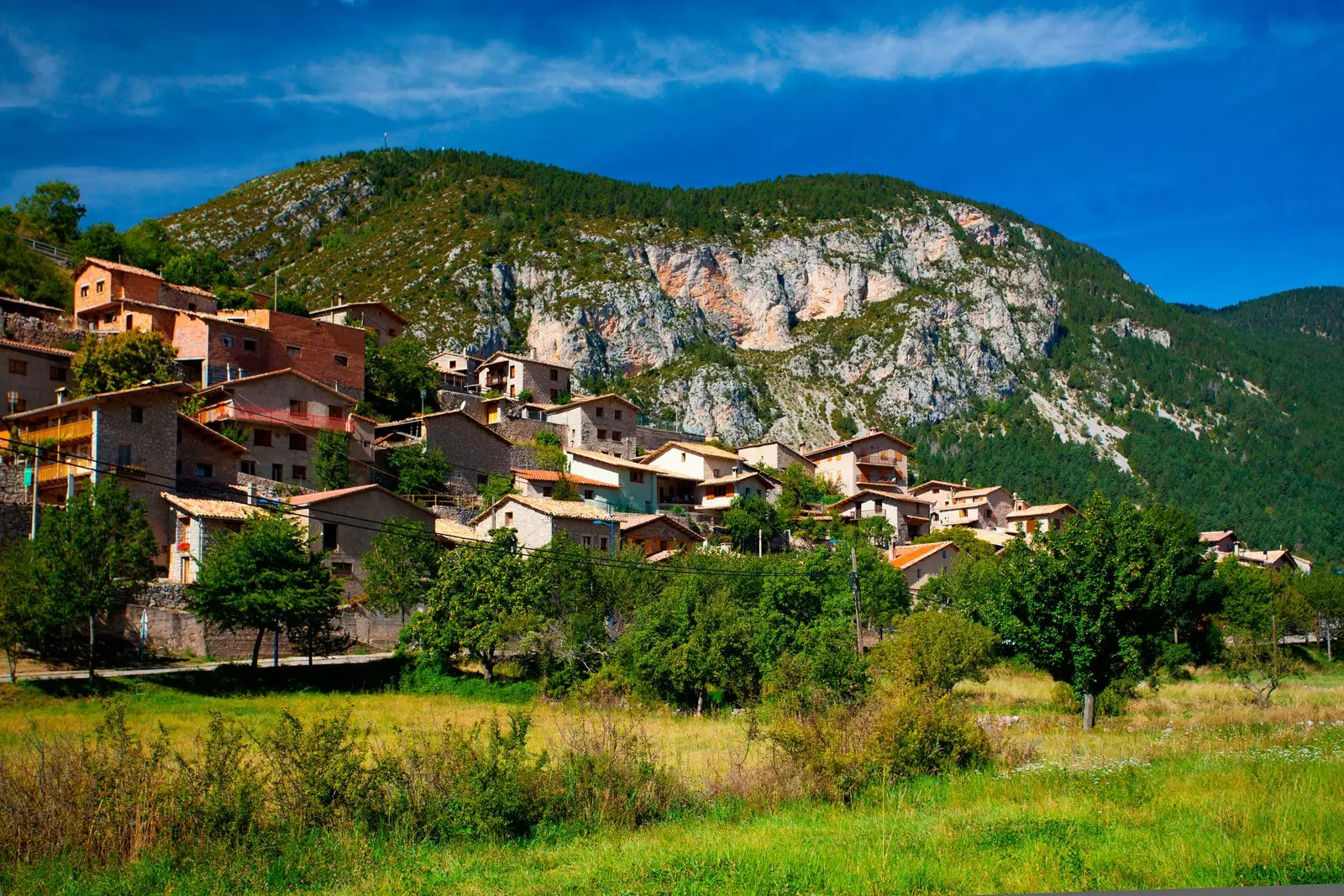
Gósol: when the school saves a town
“More children have come to school, which has meant that this year we have two classes. In the rural school they are together, so we have guaranteed that there are 2-3 teachers. This year there are 16 students”, María tells Traveler.es.
“Thanks to this repopulation, the town is appearing in more media and more visitors and vacationers are expected to come. This would give a boost to all the businesses that live off tourism and that have had such a bad time”.
María assures that life in Gósol is very calm and it was always a somewhat “hostile” town, being far from large urban centers. Here the winters are cold, in the afternoon the streets are deserted, Internet data is slow on rainy days and There is still much left to do:
"We lack a nursery, it would be an important point" Maria continues. “The closest one is 35 km away, of which 25 km are curved. Without her, it is more difficult for young families to come.”
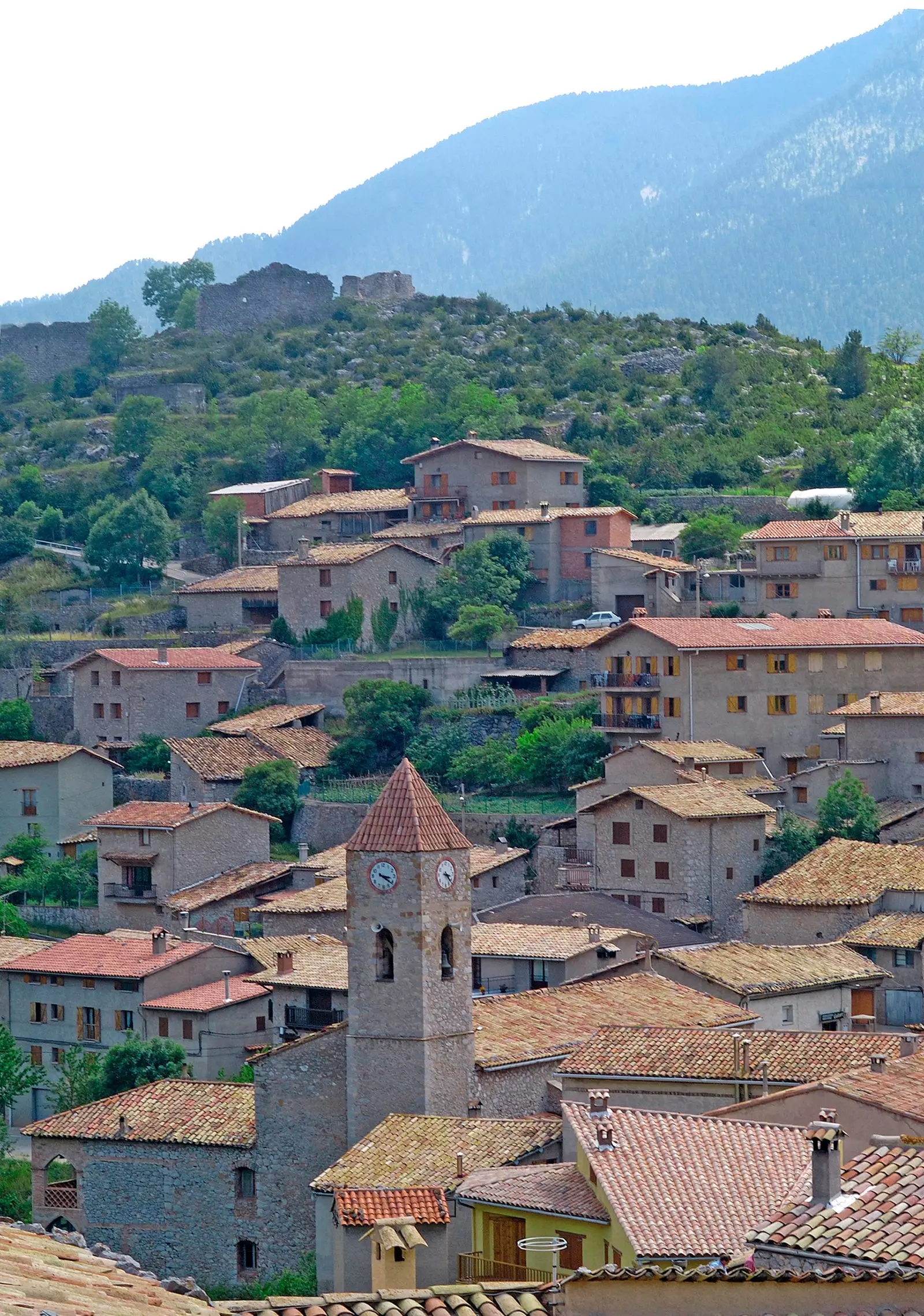
When Picasso arrived in Gósol, he had 745 inhabitants; by 2015, it only had 120
AN OLD MILL CONVERTED INTO AN INNOVATION CENTER
Access to education is one of the main challenges of the emptied Spain, especially when many schools are orphaned and university students must travel 200 km to attend a training center.
This crack is one of the many that it intends to illuminate AlmaNatura, considered the first B Corp company in Spain , a certification that assesses the social impact of an entity in rural areas based on four objectives: improve education, health, employability and encourage the use of technology.
The heart of AlmaNatura is the municipality of Arroyomolinos de León, in the Sierra de Aracena (Huelva), where 85% of its 28 towns lose population.
Juanjo Manzano, co-founder of the initiative, knows what it is like to see so many friends leave and listen to the sighs of parents who cling to primary services to survive. A background that prompted Juanjo to sow the seed in the 90s together with a group of young entrepreneurs. Years later, the pandemic has accelerated the growth of AlmaNatura with a view to consolidating its projects by 2030.
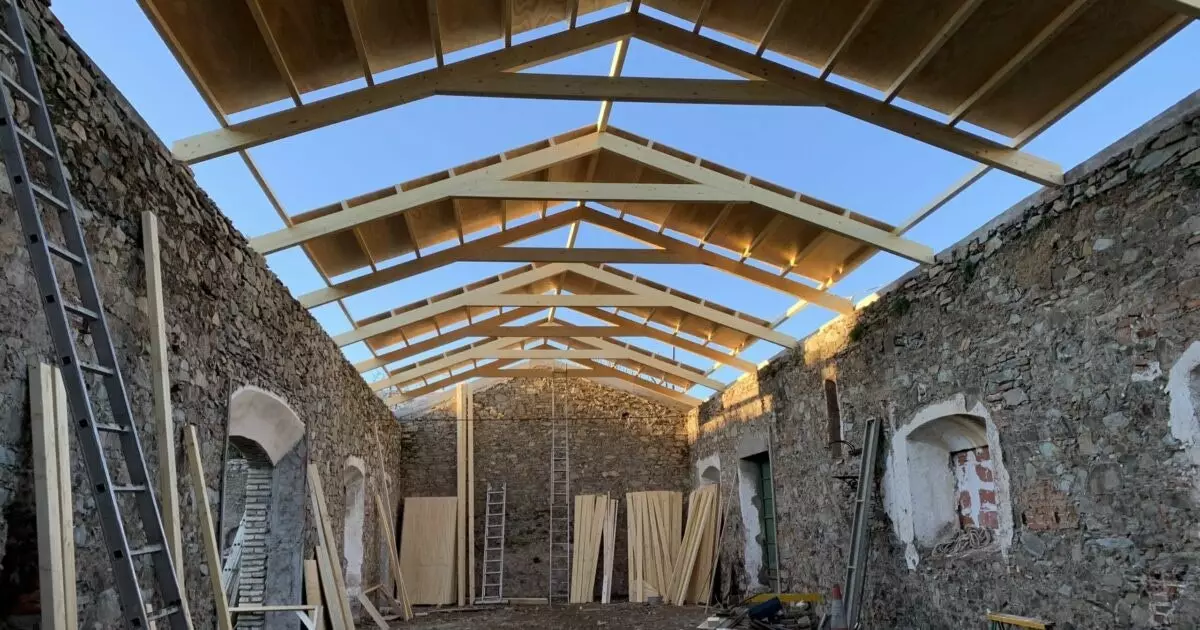
An old mill converted into an innovation center
“The pandemic has made us value every square meter of land, sun and air instead of a balcony” Juanjo told Traveler.es. “AlmaNatura relies on the Holapueblo program, which allows young entrepreneurs from cities to obtain financing to promote initiatives of sustainable and social impact in the towns”.
As a result of the initiative, the first settlers of Arroyomolinos de León have been Bernadita and Ricardo, an Argentine couple who promote the creation of an artists' residence and exhibition spaces based on local heritage. His first collection can now be visited at the town hall.
New inhabitants and movement, projects on the table and noises coming from the old mill. These days, Juanjo's team is also reinventing this icon of Arroyomolinos as Innovation and Research Center : “We started with the idea of locating a co-working center in the mill, but now we want to go further and implement new initiatives with a view to consolidating our prospects for 2030. We have created organic gardens, a bio-swimming pool and we have an abandoned cinema next door that we have not yet touched.”
EPHEMERAL INHABITANTS AND ON WHEELS
From the mill of the future proposed by AlmaNatura, we jump to the mills of El Quijote and La Mancha. A dance of blades where today hope arrives on four wheels through caravans, motorhomes and campers.
And it is that Ciudad Real has become the province with the largest number of caravanning areas distributed in Spain, by installing 20 zones of which those corresponding to Villanueva de los Infantes or Campo de Criptana have already been enabled.
Caravaning is experiencing a golden age as it is a safe and independent way of moving around Spain in times of pandemic. The figures speak for themselves: in July and August 2020 2,924 new vehicles were registered, contributing a growth of 44.8% compared to the same period of 2019, according to data provided by ASEICAR (Spanish Association of Caravanning Industry and Commerce).
The van life not only reinvents the concept of mobility but also injects new life into those towns such as Campo de Criptana where, in addition to spending the night, the traveler can enjoy a couple of days visiting their heritage.
"In 10 years we have gone from 183 areas to 1,100 throughout Spain" , tells Traveler.es ASEICAR. “Although we are far from the 6,000 areas in France or the 4,500 in Germany, almost every day this year we have openings in different towns in Spain.”
Another success story is Vanwoow, a cooperative that promotes responsible tourism on the back of caravans in different small towns in Spain, specifically in those with less than 1,500 inhabitants, so forgotten by maps and travel routes.
In May 2020, they established a collaboration with the Urgell region, in Lleida, an area that in the eyes of the traveler had only 3 overnight areas and 3 towns. Thanks to the work of Vanwoow, today 32 villages have been added through a communication plan that offers the visitor different plans through caravanning.
“Our big data technology collects what Nearly 7,680 travelers in a year have meant an economic revitalization of 128,000 euros in these towns, where each family spends an average of 50 euros”, Auxi Piñero, founder of Vanwoow together with her partner, Manuel Guisado, told Traveler.es.
“This implies an economic reactivation of each town that receives these families. and, therefore, the creation of opportunities for inhabitants to settle in the municipality by receiving a continuous and seasonally adjusted flow of visitors throughout the year”.
Towns that grow, ephemerally or not, feeding new redoubts once neglected by the world and that have found the best of their allies in a pandemic.
Today there are meadows of opportunities and mills that reinvent the past. Today, perhaps, Daniel the Little Owl would have stayed.
